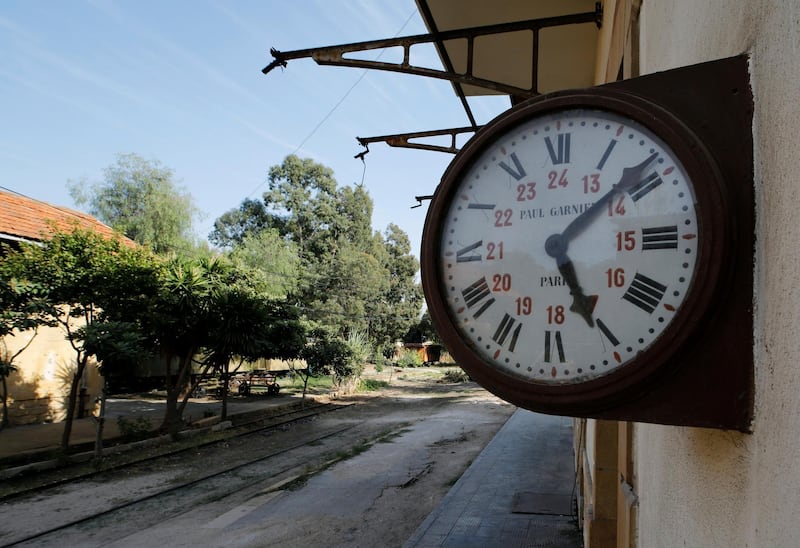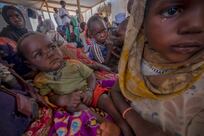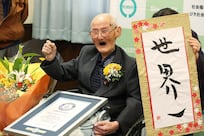Last week, on a flight to Beirut, I bumped into my friend Deen Sharp who used to be a business writer but is now a brainy, New York-based, PhD student.
He was flying to the Lebanese capital to present a paper on, essentially, how post war-reconstruction is not always the clean break from conflict many of us imagine, and how the process can often be a violent extension of that conflict. No surprise, therefore, that Lebanon and Solidere, the controversial real estate company tasked with rebuilding the Beirut Central District in the mid 1990s after the country’s civil war, and which still manages the 1.9 million square metre plot of land, is firmly in his doctrinal crosshairs.
Lebanon’s tragic civil conflict was punctuated by endless ceasefires, some came into effect to simply allow people to go shopping or bury their dead, but others were meant to herald an end to the fighting that atomised Lebanon’s short-lived reputation as the Paris of the Middle East. And so, intriguingly, Mr Sharpe’s presentation reminded us that the notion of reconstruction actually began as early as 1977, just two years after the civil war began and not, as many believe, after the October 1989 Ta’ef Accord, which to all intents and purposes ended the conflict.
In fact more reconstruction plans were mooted in 1983 – another optimism-filled milestone in the war and one more time in 1986. In all cases, renewed fighting prevented each initiative from achieving any “grip” and it was only in 1994, after four years of proper peace, that Solidere was established by the late prime minister Rafic Hariri, the man whose dream it was to make Beirut a Middle East retail and tourism destination for the region’s elite. It was the only plan that would reach fruition. Two other development plans – Linord and Elisar - were also approved by law but were never activated due to what Mr Sharpe says was a “lack of funding and entanglement in political disputes”.
But when the new Beirut Central District (BCD) opened for business in 2000, it was only after much violent upheaval and displacement that effectively divided the capital by expropriating land owned by the pre-war tenants - who reflected a genuine cross section of Lebanese society. They were offered shares in Solidere by way of compensation but the popular heart of the city had been ripped out in what was effectively a huge power grab by Hariri, who had entered Lebanese politics via accumulating vast wealth in Saudi Arabia. As Mr Sharpe put it “the reconstruction was central to [the] accumulation of social power” by one man.
_____________
Read more:
Will McKinsey help Lebanon chalk out a better economic model?
Lebanese crave economic liberation beyond Iran's influence
_____________
And what many people forget is that much of the destruction of the BCD was the result of extensive demolition rather than fighting. “[Construction company] Oger Liban is accused of destroying many significant buildings in the downtown area including Souk Al Nouriyeh, Souk Sursuq and parts of Saifi during its 'clear up' operations,” argues Mr Sharpe.
As our plane sped across the Balkans, he told me that in the early 1990s there had been an active group of Lebanese who had created alternatives to Hariri's Horizon 2000 master plan. Some of these recommendations were incorporated into what became the Solidere project, but Hariri – always the corrupter, but never corrupt – co-opted many of those that opposed his buccaneering way of doing things and gave them top jobs in Solidere. He also, in typical Hariri fashion, allegedly bought every copy of Bayreuth: Construire L'Avenir, Reconstruire Le Passe? a series of essays that outlined an alternative vision to that of Solidere.
Hariri was murdered in 2006 and the political schism that grew out of his death contributed to what I firmly believe is the failure of the Solidere project. The BCD was rebuilt at a cost of approximately $11 billion but Lebanon’s fragile political framework ensured that the area has been tarred with the brush of the Hariri family name, while, as landlord, Solidere has done virtually nothing meaningful to foster a spirit of openness with the people of Beirut and everything to prioritise the bottom line without realising that you can’t have one without the other.
I live in the BCD when I’m in Beirut. The shops, offices and apartment buildings are largely empty and there are very few pedestrians. Those who live in the area emerge from underground car parks in smoked-glass 4x4s to go to work or the gym.
In 2001, it was the hottest patch of real estate in town. I also know this because I worked from Cushman & Wakefield’s Beirut office and the retail units in the BCD were our bread and butter. There was to be the “Souks”, a much bigger development than that which stands today. There was to be a department store as an “anchor” (indeed French department store chain Galeries Lafayette was interested in taking the space), while Rues Foche and Allenby were allocated the luxury brands. The Souks opened 10 years late in 2010 due to a political dispute and the momentum was lost as retailers found other locations. It nonetheless has around 200 shops but the bustling retail life just isn’t there.
In fact, according to “Main Streets Across the World 2016/2017”, a research publication by Cushman & Wakefield, Lebanon's most expensive retail location is Hamra Street, ranking 44th globally. In second place was Verdun, last year’s top spot, followed by Kaslik Street in third. Back in 2001, commercial rents in Hamra, admittedly Beirut’s only genuine high street, were around 30 per cent that of the BCD.
Nemesis may be slow, but it is sure.





